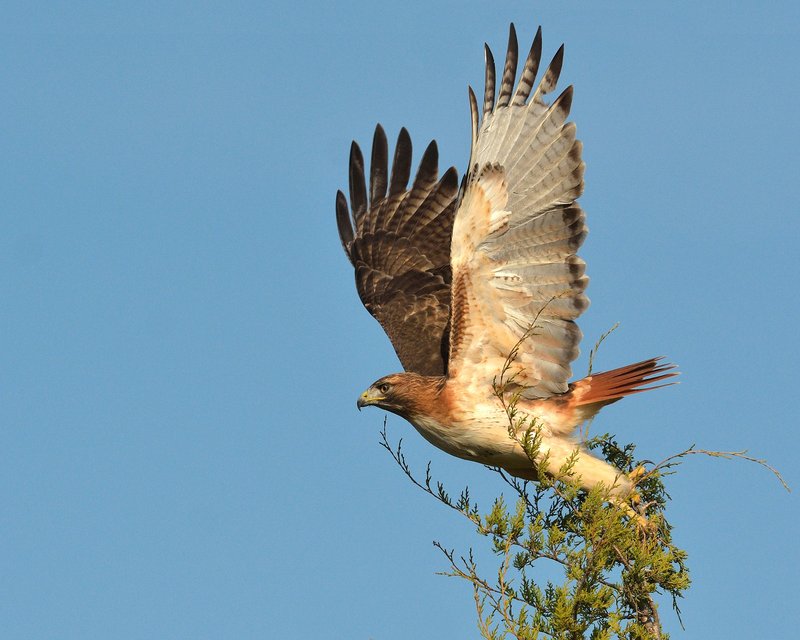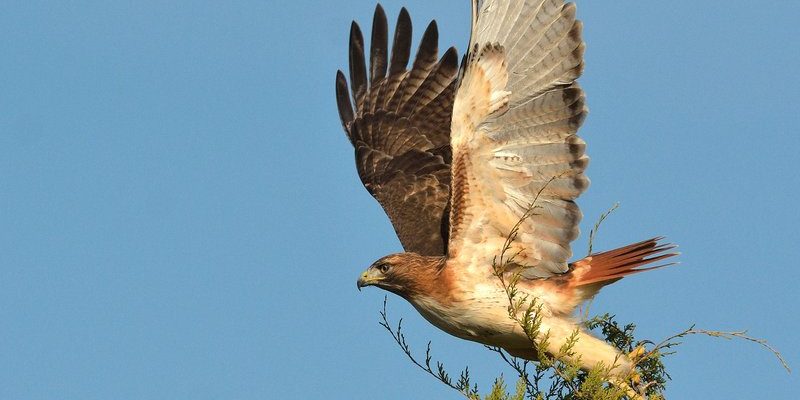
Understanding the status of hawks can feel a bit like piecing together a puzzle. Each type of hawk has its own story, influenced by its habitat, hunting patterns, and, yes, even human impact. In this article, we’ll dive deep into the world of hawks, exploring whether they face threats and what that means for these incredible hunters.
Understanding Hawk Populations
Hawks belong to the family Accipitridae, which includes over 200 species. Some of the most well-known types are the Red-tailed Hawk, Cooper’s Hawk, and Sharp-shinned Hawk. The population of these birds varies greatly depending on the species and their environment.
Most hawks thrive in diverse habitats, including forests, grasslands, and wetlands. However, with urban development, deforestation, and agricultural expansion, many species are losing their homes. Habitat loss is a significant factor that threatens hawks. These birds need specific environments to hunt and nest, and when those are altered, their populations can dwindle.
You might be surprised to learn that while some hawk species are stable, others are struggling. For instance, the Cooper’s Hawk is generally doing well, while the Prairie Falcon is facing challenges due to habitat destruction. Understanding these differences is crucial in assessing their conservation status.
Are Hawks Threatened or Endangered?
The terms *threatened* and *endangered* can often be confusing. In the simplest terms, a threatened species is likely to become endangered in the future, while an endangered species is at immediate risk of extinction. So where do hawks fit in?
Some hawk species, like the California Condor, have reached critically endangered status, primarily due to human actions such as lead poisoning and habitat loss. On the other hand, species like the Red-tailed Hawk are considered stable and are even quite common across North America.
It’s crucial to look at state and federal classifications when discussing hawk populations. Organizations like the U.S. Fish and Wildlife Service monitor these birds closely, providing updated lists of threatened and endangered species. If you’re curious about a particular type of hawk, checking these resources can provide clarity.
Threats Facing Hawks
Hawks face various threats, many of which stem from human activities. Here are some of the most common challenges:
- Habitat Loss: As cities expand and farmland grows, hawks lose the places they need to live and hunt.
- Pollution: Chemicals in the environment, such as pesticides, can poison hawks and their prey.
- Climate Change: Changes in weather patterns can disrupt hunting grounds and nesting behaviors.
- Collisions: Many hawks die each year from flying into power lines or buildings.
Each of these threats makes it tougher for hawks to survive and thrive. It’s a complex issue that affects not only the birds but also the broader ecosystem. After all, hawks are essential for maintaining the balance in nature as they help control populations of small mammals and other pests.
Conservation Efforts for Hawks
The good news is that various conservation efforts aim to protect hawks and their habitats. Organizations dedicated to wildlife preservation are working tirelessly to ensure these birds have a fighting chance.
Here are some common strategies being employed:
- Habitat Restoration: Creating and restoring natural habitats can help hawks find nesting sites and hunting grounds.
- Legislation: Various laws protect certain hawk species, making it illegal to hunt or harm them.
- Education: Programs aimed at educating the public about hawks can foster a greater appreciation and support for conservation efforts.
These initiatives show promise, but they require continuous support and awareness. Every small action helps—whether it’s reporting a hawk sighting or participating in local birdwatching events.
How You Can Help Hawks
If you’re passionate about protecting hawks, there are several ways you can make a difference. It doesn’t always require a massive effort, just a little commitment can go a long way:
- Support Wildlife Organizations: Find local or national conservation groups and consider volunteering or donating.
- Plant Native Plants: Creating a habitat-friendly garden can attract hawks and other wildlife.
- Learn and Share: The more people know about hawks and their plight, the better chance they have. Share information on social media or at community events.
Every step counts. By raising awareness and fostering a supportive community, we can help ensure that these majestic birds of prey continue to grace our skies for generations to come.
The Future of Hawks
Looking ahead, the future of hawks will depend on how well we address the challenges they face. Conservation efforts are making a difference, but ongoing commitment is essential. Climate change, habitat loss, and pollution will continue to pose threats, but there’s hope.
Changes can happen. By advocating for hawks and participating in conservation movements, individuals can contribute to positive outcomes. It’s like being a part of a larger mission—every little bit helps create a healthier planet.
In conclusion, while some hawks may be threatened or endangered, many are stable, and active steps can be taken to mitigate the risks they face. These fascinating creatures are more than just birds of prey; they’re vital players in our ecosystem. So, keep your eyes on the skies and let’s work together to protect them!

